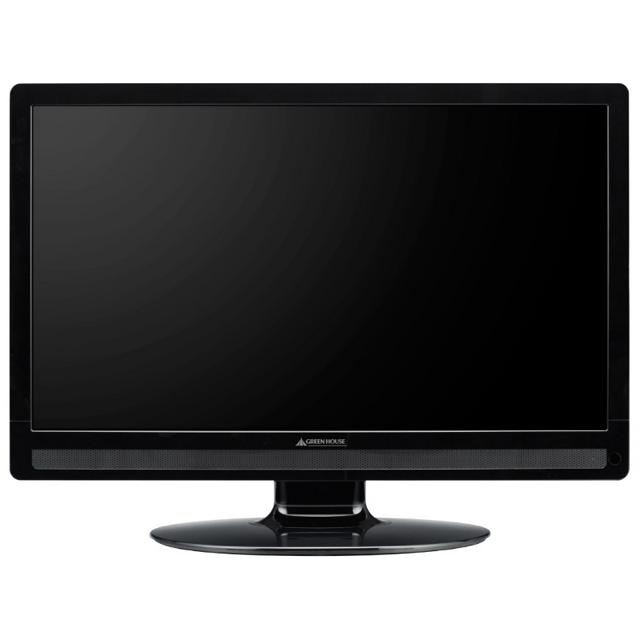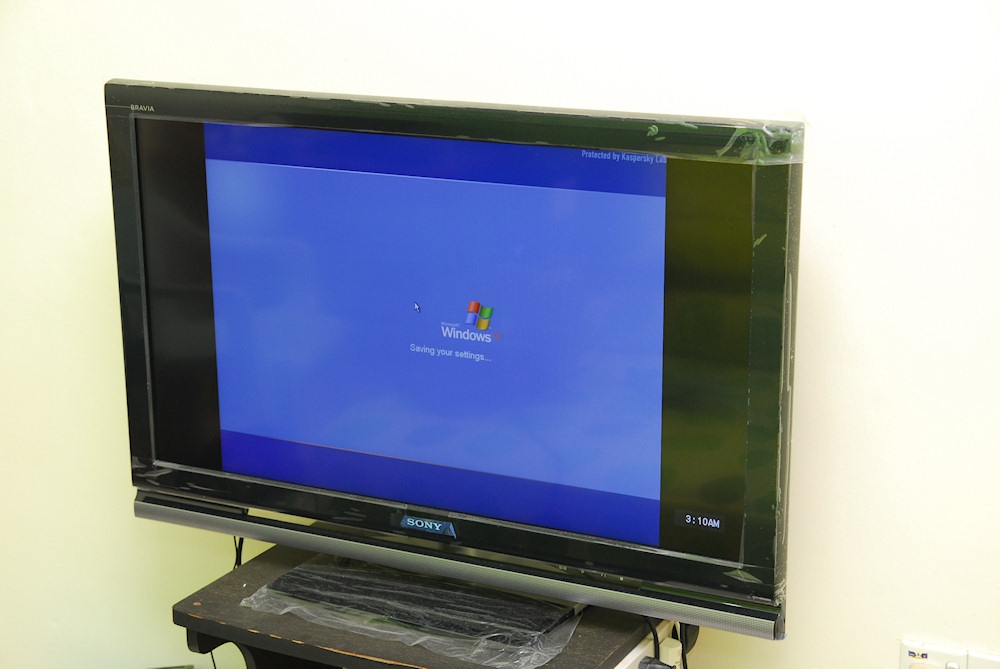-
-
products
-
resources
-
support
-
company
-
The Benefits and Drawbacks to Using a TV as a Monitor
By Steve Horton April 09, 2013monitor, pc, tv2 CommentsUsing a TV as a monitor can seem like the perfect idea, and while a widescreen television can increase picture size and oftentimes provide a cheaper alternative to a widescreen monitor, there are downsides to this choice as well. Since a television isn’t necessarily intended for a computer to be connected to it, and vice versa, formatting issues can get in the way of your enjoyment.
The Pros of Owning a TV as a Monitor
Many monitors designed for computers can be one of the most expensive components, even if the screen size can leave much to be desired. TVs at the same screen size can cost more due to the built-in tuner, but a widescreen television at a good deal can provide a larger picture. A TV monitor can also double as an actual television screen if you want to use it for both purposes, which will also eliminate the cost of purchasing two televisions or one TV and a monitor together.
Flat screen TVs as monitors also contain all the connection ports necessary to plug the computer’s display cord from the PC to the TV, making most modern day flatscreens ready for PC plug-in. Additionally, TVs often have more HDMI inputs than monitors if you have multiple devices.
A TV acts as a great way to experience gaming if the computer is likely to be used for PC games, for the most part. Many games can be played using a game controller, making the computer act as a gaming console and the TV as a full-size gaming screen. A decent-sized TV as a monitor will also offer clear viewing from up to 10 feet away.

What a choice TV for use as a monitor will typically look like.The Cons of Owning a TV as a Monitor
While the size can accommodate ample viewing space, a TV as a monitor can also mean limited enjoyment, mainly due to its original purpose as a television. When using a computer normally, it’s typical for users to sit up to two feet away from the monitor at a maximum, and since monitors are designed for this closeness the eyes aren’t as strained. However, on a TV monitor, since it’s meant to be viewed at further distances, the eyes can be stressed more to the point where damage can occur and you woudn’t be able to see properly without the help of online contact lenses. This is why gaming with the use of a controller is optimal for its use.
There’s another issue with the size. While a thin monitor can fit nicely in an enclosed space still, even a flat screen TV is usually a bit thicker than most monitors, due to the tuner and other components, making it a more awkward fit. Carrying the TV due to its size and moving it can also take a bit more effort than a monitor.
Another downside to owning a TV as a monitor is the fact that the formatting of the image can be more difficult to modify. Because a TV isn’t originally meant to hook up to a PC, tinkering with settings may be the best way to make sure the picture quality is what you want. For example, sometimes text can appear tiny on a TV as a monitor instead of the accurate settings. Certain cables, such as VGA or HDMI, will be required to in order to connect a TV to a PC. Because the PC may not match the TV settings, both may need to be adjusted for quality.

An example of how the picture can sacrifice size due to the lack of ability for proper formatting.Having a TV as a monitor can be a great investment, but keep the positives and negatives in mind when making your decision.
Was this post helpful?YesNoFree Driver Updates
Update your drivers in less than 2 minutes to enjoy better PC performance - Free.
Free Driver Updates
Update your drivers in less than 2 minutes to enjoy better
PC performance - Free.
Didn't find your answer?Ask a question to our community of experts from around the world and receive an answer in no time at all.most relevant recent articles Pin It on Pinterest